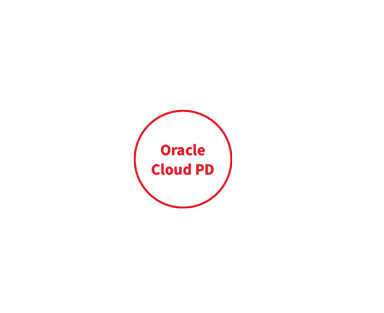Oracle PD Cloud

Highly available product data and stable processes with significantly reduced TCO
Are you looking into a PLM operation in the cloud? You should be! No longer having to worry about issues pertaining solely to IT such as computing resources, network infrastructure, storage space and backups, etc., is encouraging more and more companies to move their PLM services to the cloud. Especially as the available XaaS usage models such as infrastructure-, software-, platform- and function-as-a-service invite you to straightforwardly mix and match.
The services can be flexibly adapted so that peaks in the workload can be reduced more quickly, for example through dynamic access to powerful computer resources. The cloud providers stand for stable and cyber-secure services that can be scaled precisely to your requirements. And all of this at a significantly lower cost than your own on-premise landscape could ever provide.
Cross-domain management of engineering data and processes in the cloud can therefore be a valid alternative to the on-premise solution, especially for small and medium-sized enterprises.
Another advantage of product lifecycle management in the cloud is its easy integration into networked solutions such as the Internet of Things (IoT), big data and analytics, artificial intelligence applications such as machine learning or the development of mixed reality-based services.
For our platform for an integrated engineering environment we rely on the cooperation with Oracle.
Our Oracle PD Cloud integration solutions at a glance
- ECAD Electric
- ECAD Electronic
- ECAD EDM
- Others
Infrastructure variants for high-performance access to PLM product data
Which of the possible scenarios for PLM operation in the cloud is the best for your company depends entirely on your company structures and portfolio, as well as on which use cases and processes you want to map.
No matter which scenario you want to use, both Oracle PLM and our xCAD direct integrations are immediately available. As with an on-premise implementation, the Cloud PLM system also facilitates collaboration in product development through automated workflows and integrated version and change management. With XSPHERE Federation you can retrieve data very easily from each of your systems in the cloud in real time – from your base system without copying or migrating data.

